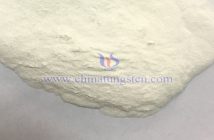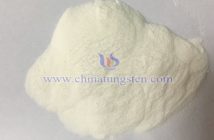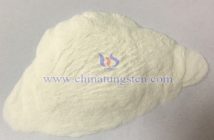In addition to its crystal structure and purity affecting the physicochemical properties of tungsten disulfide (WS?), impurities such as carbon, hydrogen, and oxygen also influence its properties. Although these impurity elements are present in small amounts, their impact on tungsten disulfide properties is significant. Regarding carbon, it affects the structure, electrical properties, mechanical properties, and chemical stability of WS? to a certain extent.
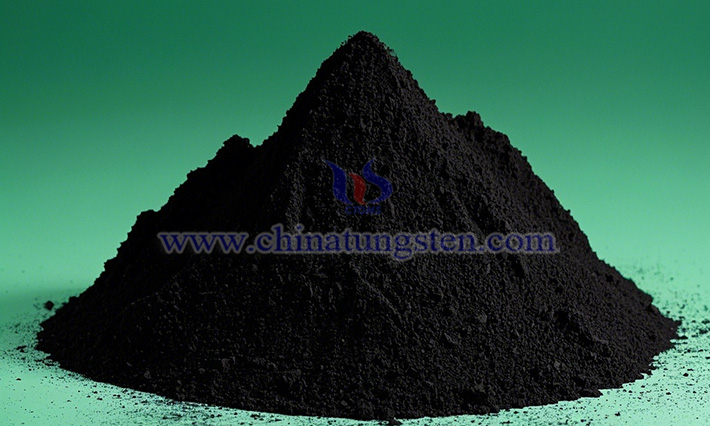
The introduction of carbon may influence the crystal structure of WS?. At low carbon concentrations, carbon atoms may enter the interstitial sites of the WS? lattice, causing slight lattice distortion and resulting in a minor increase or decrease in interlayer spacing. At higher carbon levels, it could alter the crystal growth behavior of WS?, potentially leading to the formation of different crystalline phases—such as a transition from the common hexagonal phase to another phase—thereby affecting the material’s overall properties.
WS? is a semiconductor material, and the incorporation of carbon can modify its electrical properties. The electronic structure of carbon differs from that of tungsten and sulfur, and its entry into the lattice introduces new electronic states, potentially creating impurity levels within the bandgap of WS?. These impurity levels can act as traps or scattering centers for charge carriers, influencing their mobility and concentration.
Carbon can enhance the hardness and strength of WS?. Carbon atoms, with their high hardness and small atomic radius, strengthen interatomic bonding when incorporated into the WS? lattice, impeding dislocation movement and making the material more resistant to deformation and fracture under external forces. Additionally, carbon can improve the wear resistance of WS?. During friction, carbon may form a layer of high-hardness, stable carbides or carbon-sulfur-tungsten compounds on the material’s surface, reducing wear and extending the service life of WS?.
The presence of carbon can, to some extent, improve the chemical stability of WS?. Carbon’s high chemical inertness allows it to form a protective layer on the WS? surface, preventing reactions with external substances such as oxygen and water. For example, in high-temperature oxidizing environments, carbon-containing WS? exhibits better oxidation resistance than pure WS? because carbon can preferentially react with oxygen, consuming some of it and thus slowing the oxidation rate of WS?.
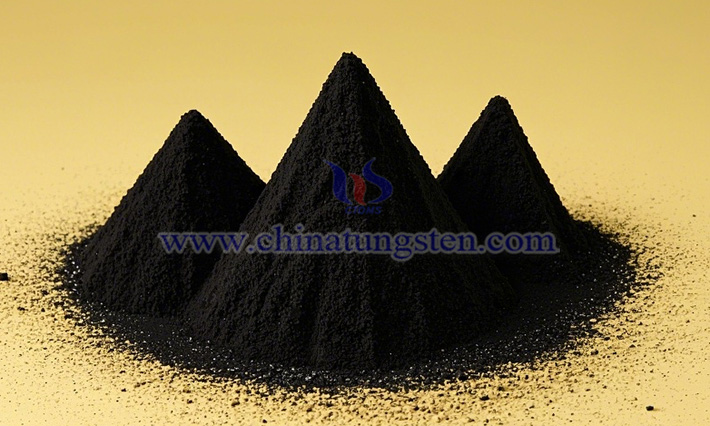
The carbon in WS? primarily originates from raw materials, production processes, and the production environment.
The tungsten and sulfur sources used in WS? production may contain carbon impurities. For instance, tungstate ores might include organic carbon compounds or carbonate impurities that are not fully removed during processing and refining, thus being carried into the final WS? product. Sulfur sources, such as elemental sulfur, may also become contaminated with carbon-containing substances during mining and processing.
During the synthesis of WS?, organic reagents or carbon sources are often employed. For example, in chemical vapor deposition (CVD), hydrocarbons like methane or ethylene are commonly used as carbon sources, and their decomposition during the reaction may introduce carbon into WS?. Additionally, in some wet synthesis processes, organic solvents or surfactants containing carbon may be used, and this carbon could either adsorb onto the WS? surface or incorporate into its lattice during the reaction.
Certain components of production equipment may also introduce carbon. For instance, if the linings of reactors or pipelines are made of carbon-containing materials, carbon could dissolve or diffuse into WS? under high-temperature or high-pressure conditions. Furthermore, the production environment, such as dust or organic matter, may contaminate WS? and contribute to carbon incorporation. In an open production facility, for example, airborne dust containing carbon particles could settle onto the WS? product, increasing its carbon content.

